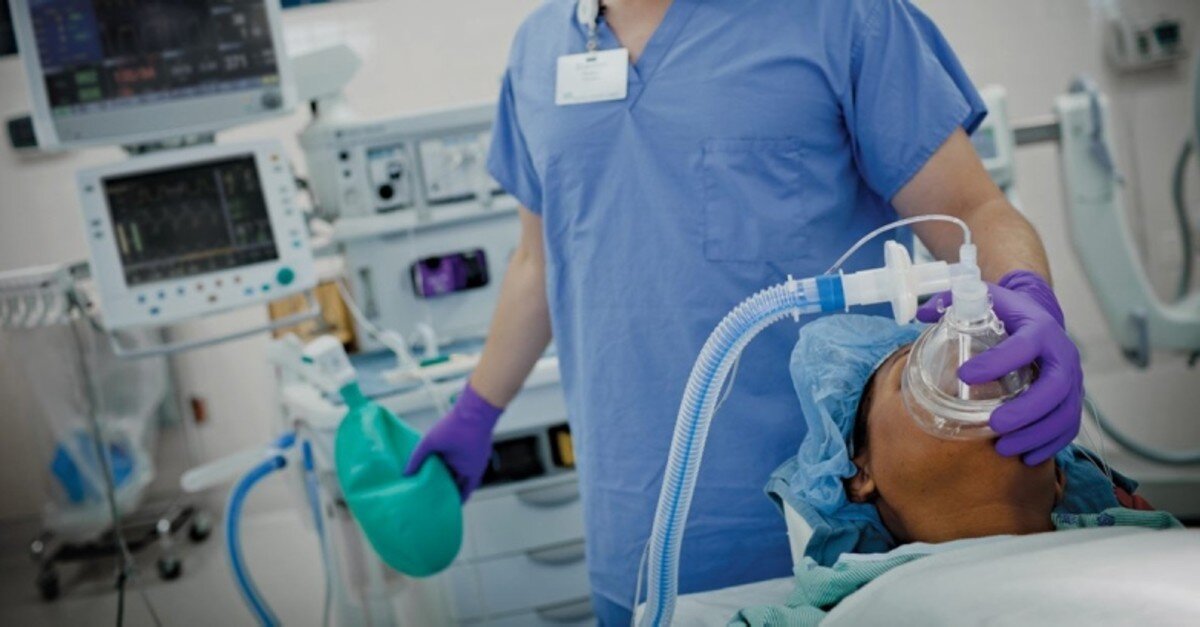Perioperative Surgical Home -Optimizing the Patient’s Surgical Experience
/Even as hospitals across the country focus on finding ways to deliver higher quality care at lower cost, there is a growing realization that healthcare itself is undergoing a major “attitude shift”. “Pay for volume” is inexorably morphing into “‘pay for value”.
A new paradigm has been proposed by the ASA: the perioperative surgical home.
PSH, a model built around standardized, evidence-based perioperative strategies, involves team-based care. The team is structured as follows:
● Head anesthesiologist
● Dedicated nursing team
● Nurse Practitioners / Physician Assistants
● Specialist physicians as required
This team structured, value-based model, enables the patient’s pre-, intra-, and postoperative care to be provided by a single PSH team, eliminating the previously fragmented approach to delivering these services through several departments. https://www.ncbi.nlm.nih.gov/pmc/articles/PMC5995011/
PSH – Continuation and Disruption
From the discovery of ether in 1846 to epidural anesthesia and rapid-acting agents, disruptive innovations in anesthesia have advanced the practice of medicine. PSH represents a modern-day disruption in that it changes the way surgical care is handled. Care that was previously fragmented and involving several departments is now coordinated and handled by a single PSH team.
The period of care begins the moment the surgery is scheduled to thirty days after discharge. The focus is on implementing standardized best practices to which all team members have agreed.
The Anesthesiologist’s Role in Perioperative Surgical Home
The anesthesiologist’s involvement in PSH is to help lead the team to provide the best surgical care for the patient. In the past, the anesthesiologist’s role was often limited to the period from pre-anesthetic examination just before surgery to the postoperative care unit. The surgical team would provide most of the preoperative preparation and postoperative and post-discharge care of the patient. In recent decades, the role of anesthesiologists in perioperative care has been expanding, and PSH is seen as a natural extension of this trend. https://www.ncbi.nlm.nih.gov/books/NBK333510/
Benefits of Perioperative Surgical Home
In institutions where the Perioperative Surgical Home concept has been adopted, it has resulted in improvements in just about every category. Post-operative complications have been reduced. Cancellations and delays in the OR have dropped. Cost-savings are being realized while lengths of hospital stay decrease. Most importantly, patient satisfaction has improved.
A perioperative surgical home represents a ‘needed’ disruption in surgical care, with anesthesiologists assuming an expanded leadership role. As we at Concordia Anesthesiology assist in the formation of PSH teams, we are proud to be part of the newest initiative enabling greater efficiency in surgical care. https://www.concordiaanesthesiology.com




